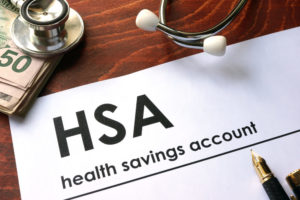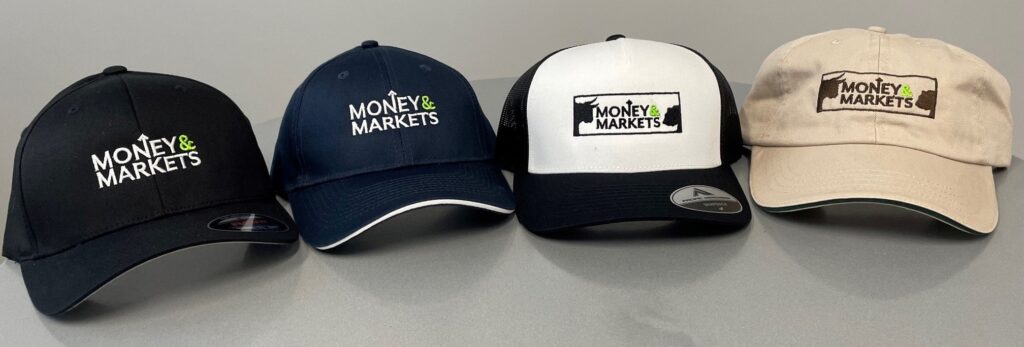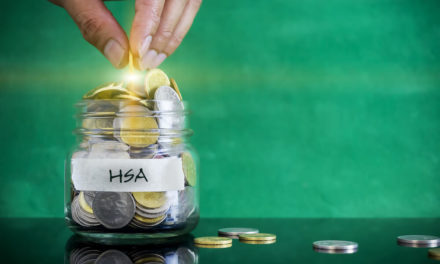I’ve got the golden years on my mind for this edition of Investing With Charles. Maybe it’s the gray of a South American winter in my current surroundings of Lima, Peru, that has me daydreaming about my work-free retirement, sipping a stiff drink on a sunny beach. Who knows…
It’s tough to wade through all the options and figure out how you want to save for retirement. And no one wants funds sitting in a savings account that can’t even keep up with inflation.
Let’s cover a unique strategy that offers some great benefits and makes saving for retirement a lot simpler.
Check it out in this week’s Investing With Charles.
Watch the video above for the whole discussion, or you can check out some of the highlights below.
Your Employer Retirement Plan Should Be the Top Priority
Why is the employer plan such a great deal? It comes down to two things:
- Maxing. Your employer doesn’t match you dollar-for-dollar all the way up to the $19,500 or $26,000 max. Usually, it gets capped at something like 3% to 5% of your pay. Still, that matching is free money. That’s been well-established.
- The tax break. Let’s say your effective tax rate is 30%. You’re getting a 30% return on every dollar you put into an employer plan on the tax break alone. That’s a big deal, particularly for a high-income earner. You’re not going to make enough money in your outside investments to compensate for the tax break. That first dollar of savings should always go to the employer plan.
The Next Step for Retirement Savings
Once you have that $19,500 or $26,000 saved in your 401(k), depending on your age, what do you do with that next marginal dollar? I call it the “spillover IRA.” This is a Charles Sizemore Original©, but I think it’s an appropriate term.
You have probably heard of a health savings account (HSA). It was created during the George W. Bush administration. It’s like a health IRA:
- You put money into the HSA.
- You get a tax break in the year you contribute that money.
- If you take that money out for health-related expenses, it’s tax-free and penalty-free.
One thing to keep in mind: An HSA doesn’t have to go through an employer, but it does have to be paired to a high-deductible health insurance plan.
You can put a lot of money into these things. If you have a high-deductible health insurance plan, you can put $3,600 into an HSA every year. That number jumps to $4,600 if you’re 55 or older.
If you have a family health insurance plan, the numbers get a little bit better. It’s $7,200 for a family, and it’s $8,200 if the head of household there is 55 or older. That’s some nice supplemental savings. If you’ve already put $19,500 or $26,000 into your 401(k), that’s up to $8,200 extra saved.
Benefits of an HSA
 IRAs and 401(k)s are subject to required minimum distributions once you reach a certain age. For most people, that is 72. Once you hit that age, you have to start taking money out of your traditional plans and then pay taxes on them.
IRAs and 401(k)s are subject to required minimum distributions once you reach a certain age. For most people, that is 72. Once you hit that age, you have to start taking money out of your traditional plans and then pay taxes on them.
Well, there is no RMD on an HSA account. You can just keep the money in there long after retirement age. You can allow it to continue to compound or just avoid paying taxes on it.
And here’s where it gets fun. Even though HSAs are designed to give you a tax break on health expenses, you don’t have to use them for health expenses. After you turn 65, you can take the money out and spend it on anything.
Of course, if you take it out for non-health-related expenses, you pay taxes on it, the same way you would pay taxes on an IRA distribution or a 401(k) distribution. But that’s OK. If you’re using this as a spillover IRA, that’s kind of the point of the whole thing. It provides retirement income in the future.
Bottom line: Max out your 401(k) first. That’s why I call HSAs a “spillover plan.” If you still have cash you want to shield from taxation and invest tax-deferred indefinitely, HSAs are a nice option.
Free Money & Markets Gear!
Thanks for all the great questions you’ve already submitted for our video segments. Hats are on the way to some of our loyal viewers! And it isn’t too late to get your Money & Markets swag.
Here’s your chance to do just that! We tailor our content to what interests you. That’s why we feature your questions in our videos, including Investing With Charles, Ask Adam Anything and the Marijuana Market Update.
Just send your question to feedback@moneyandmarkets.com, and if we plan to use it in one of our segments, we’ll send you a free Money & Markets hat! (Sorry, but this is limited to our U.S. audience only at the moment.)
Click here to send us a question now!
Stumped on what to ask? Questions we’ve featured in the past include:
- Is there more downside for Bitcoin and Ethereum, or is now the time to buy?
- Can you do a full analysis and give us your thoughts on Slang Worldwide (SLGWF) cannabis company?
Where to Find Us
Coming up this week, Matt will have more on The Bull & The Bear podcast, so stay tuned.
Don’t forget to check out our Ask Adam Anything video series, where chief investment strategist Adam O’Dell answers your questions.
You can also catch Matt every week on his Marijuana Market Update. If you are into cannabis investing, you don’t want to miss Matt’s weekly insights.
Remember, you can email my team and me at feedback@moneyandmarkets.com — or leave a comment on YouTube. We love to hear from you! We may even feature your question or comment in a future edition of Investing With Charles.
To safe profits,
Charles Sizemore
Co-Editor, Green Zone Fortunes
Charles Sizemore is the co-editor of Green Zone Fortunes and specializes in income and retirement topics. He is also a frequent guest on CNBC, Bloomberg and Fox Business.








